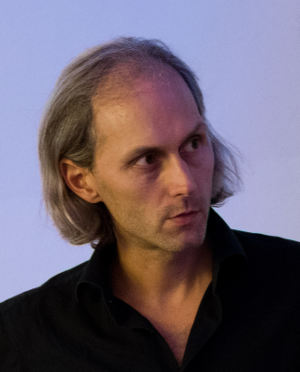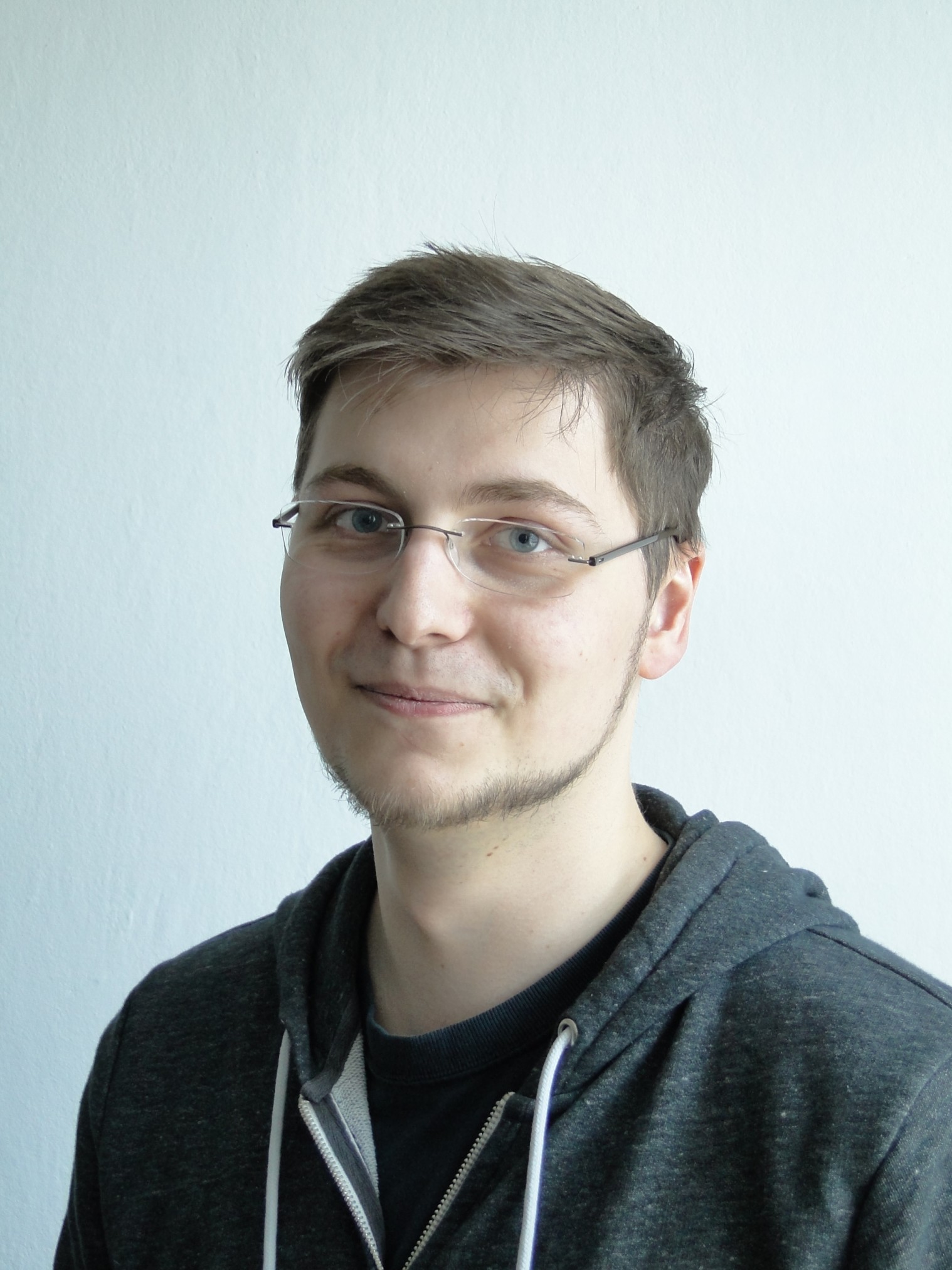
THE BRAIN-COMPUTER INTERFACE DESIGNERS HACKATHON
Hackathons are brainstorming and collaborative marathons designed to rapidly produce fully functional BCI prototypes and provide an environment for innovation and entrepreneurship. This is the first time that the BCI Meeting is hosting a Brain-Computer Interface Designers Hackathon in Asilomar.
The BCI hackathon brings developers, technologists, engineers, students, artists, and scientists together in teams of 5 participants each over 2 days to cram and build solutions that they can present and are designed to be a learning experience for everyone. By putting creative minds from multiple disciplines together for a short period of time, we have the opportunity to discover and uncover possibilities for using BCI-related hardware and software not readily thought of.
Read more: BCI Meeting 2018 in Asilomar
There are several predefined projects at the hackathon, which the participants can choose to work on. Below, the projects are described in detail including hard- and software specifications as well as the number of possible participants for each project. Motor imagery and EP based systems are mostly used to control the applications. Specific hardware for the projects will be provided, however, software should already be installed on your personal laptop before you come to the hackathon.
Who can participate?
Anyone can participate who has interests in BMI, BCI, robotics, AR, VR, machine learning, computing, sensors, human-machine interface systems, control, signal processing, big data, haptics, rehabilitation, and similar areas. One does not have to be a BMI expert to participate on a team! Interdisciplinary teams with a combination of BMI and non-BMI skills are often successful in building solutions and producing working prototypes.
Can I submit a different project?
Professional teams can also participate to develop applications during the Hackathon to demonstrate full potential of hardware or software. If you are looking for team members, your project will be included in the table plan below where anyone can apply for it.
Submit your project to contact@br41n.io.
What's in there for me?
Be creative, think outside the box. The Hackathon is fun and gets you to network and collaborate with other Geeks. Of course, there will be prizes for the best programming and artistic projects each. The best Hackathon projects will be awarded with cash and hardware prizes:
- 1st BR41N.IO Prize: $ 300
- 2nd BR41N.IO Prize: $ 200
- 3rd BR41N.IO Prize: $ 100
- IEEE Brain Prize: $ 1,200 travel budget + 1 free registration and acceptance to present hackathon results during the poster session at the IEEE Brain Initiative Workshop on Advanced NeuroTechnologies on November 1-2, 2018 in San Diego, USA
BCI PRINCIPLES
Brain-computer interfaces are realized by 4 different principles:
slow waves
steady-state visual evoked potentials (SSVEP)
motor imagery (MI)
evoked potentials (EP)
In the BR41N.IO Hackathon Series, motor imagery and EP based systems
are mostly used to control the applications:
In the case of the motor imagery application, participants have to imagine e.g. left or right hand movement to produce an event-related desynchronization over the sensorimotor cortex. This is basically an amplitude change of the alpha and beta regions of the EEG.
In the case of EPs, the BCI system is showing different flashing icons and the user has to attend to the icon he wants to select. When the icon flashes on the computer screen, than a P300 wave is produced in the brain and the BCI system is able to detect it.
HACKATHON SCHEDULE
Sunday, 2018/05/20
| 8:00 – 8:30 |
Welcome |
| 8:30 – 9:30 |
Current and future applications of |
| 9:30 – 10:00 | How to run a real-time BCI application successfully Christoph Guger |
| 10:00 – 11:00 | Hacker groups and mentoring |
| 11:00 | START: BR41N.IO HACKATHON |
| 11:00 - 24:00 | Hacking all night long |
Monday, 2018/05/21
| 00:00 - 10:00 | Hacking all night long |
| 10:00 | END: BR41N.IO HACKATHON |
| 10:00 – 10:15 | IEEE Brain Grace Rigdon |
| 10:00 – 12:00 | Hackathon project presentations |
| 12:00 – 13:00 | Lunch Meeting Hackathon Jury |
| 13:00 – 14:00 | BR41N.IO Ceremony |
HACKING PROJECTS
intendiX/extendiX Smart Home
The unicorn is supported by the P300 based spelling application intendiX. It is possible to control home devices such as lamps, radios or television. Watch the intendiX/extendiX Smart Home video.
soft-/hardware specifications: unicorn, everyday objects (bring your own objects)
participants: 1 group, 3-5 people per group
skills: Basic programming skills (Matlab, Simulink)
Orthosis Control
It is possible to control a 3D printed orthosis using a unicorn amplifier with motor imagery. It is possible to move an orthosis by thinking about left or right hand motion. Watch the Orthosis Control video.
soft-/hardware specifications: g.USBamp, orthesis
participants: 1 group, 3-5 people per group
Skills: Basic programming skills (Matlab, Simulink)
FES Control
It is possible to control a FES using a unicorn amplifier with motor imagery. It is possible to move a FES by thinking about left or right hand motion.
soft-/hardware specifications: unicorn, FES
participants: 1 group, 3-5 people per group
skills: Basic programming skills (Matlab, Simulink)
Unity Games
It is possible to control a unity based games.
soft-/hardware specifications: g.Nautilus
participants: 1 group, 3-5 people per group
Skills: Basic programming skills (Matlab, Simulink), Basic graphics programming with Unity
Sphero SPRK Control
The unicorn is supported by the P300 based spelling application intendiX. It is possible to controll a robotic ball called Sphero with intendiX. Watch the Sphero Control video.
soft-/hardware specifications: unicorn, Sphero
participants: 1 group, 3-5 people per group
skills: Basic programming skills (C#)
Flight Control
The unicorn is supported by the P300 based spelling application intendiX. It is possible to move a drone with intendiX.
soft-/hardware specifications: unicorn, drone
participants: 1 group, 3-5 people per group
skills: Basic programming skills (Java)
e-puck Control
It is possible to control an e-puck with the P300 based spelling application intendiX. Watch the e-puck control video.
soft-/hardware specifications: g.Nautilus, e-puck
participants: 1 group, 3-5 people per group
skills: Basic programming skills (C#)
Your Hacking Project
You are invited to create your own programming project for this hackathon. You'll have all the BCI headsets or you bring your own BCI to design and program your own fully functional headset.
soft-/hardware specifications: tbd
participants: 1 group, 3-5 people per group
skills: Basic programming skills
Dream Painting
To use the dream painting app, the user is wearing an unicorn headset while sleeping. When he wakes up, he will get an image created according to his EEG signals.
soft-/hardware specifications: g.USBamp
participants: 1 group, 3-5 people per group
skills: Basic programming skills (Matlab, Simulink)
Camera
It is possible to record videos, while recording EEG with an unicorn amplifier.
soft-/hardware specifications: unicorn, cameras
participants: 1 group, 3-5 people per group
skills: Basic programming skills (Matlab, Simulink)
Connect intendiX w/ Social Media
The unicorn amplifier is supported by the P300 based spelling application intendiX. When connected to Twitter or Facebook, status updated can be written. Watch the intendiX Social Media video.
soft-/hardware specifications: unicorn
participants: 1 group, 3-5 people per group
skills: Basic programming skills (Matlab, Simulink)
BCI2000 Channel Your Inner Jedi
Engage in a battle of will, as BB-8 decides the winner. Use BCI2000 to implement new processing algorithms or design new BCI applications in order to control a toy robot in a one-on-one competition. Learn how BCI2000 is designed and what is necessary to modify or create new BCI systems.
soft-/hardware specifications: g.Nautilus, BCI2000, Spero BB-8
participants: 2 groups, 3-5 people per group
skills: Basic programming skills (C/C++)
ARTISTIC PROJECTS
intendiX Painting
Create images according to your EEG signals.
soft-/hardware specifications: unicorn
participants: 1 group, 3-5 people per group
Use intendiX for Social Media
Use the P300 based spelling application intendiX to update your status on Twitter or Facebook. Watch the intendiX Social Media video.
soft-/hardware specifications: unicorn
participants: 1 group, 3-5 people per group
Design Headsets Using 3D Printing
Expand your EEG Headset with your own 3d printed parts. Let them move, light, hold things or simply look nice. Watch the 3D Headset Design video.
soft-/hardware specifications: 3D printer, 3D freeware
participants: 1 group, 3-5 people per group
Skills: Basic CAD
Design Headsets Using Sewing Machines
Expand your EEG Headset with a hat designed to keep all electrodes in their intended position.
soft-/hardware specifications: sewing machines and material
participants: 5 people
THAT WAS ASILOMAR 2018. THANK YOU!
1. PLACE WINNER
Team "Zombitron"
Zombitron developed a Unity game that was controlled with a motor imagery brain-computer interface. The team used the Unicorn to read EEG data and analyzed the data with Common Spatial Patterns to extract left/right movements.
Team members: Marcia Saul, Lea Pilette, Mingwen Dong, Andrew Stewart, Sam Pretice
2. PLACE WINNER
Team "Orthosis Control"
The team developed a motor imagery BCI system that was reading the EEG data over the sensorimotor cortex. If the classification result reached a certain probability than the orthosis was opened or closed and allowed to grasp objects.
Team members: Jia Qie Lee, Nicole Steiner
3. PLACE WINNER
Team "Attention and Awareness Gamification"
The team realized a concept for attention and awareness games that uses the EEG to monitor the users brain states.
Team member: Prakash Kavi, Jacob Nye
IEEE BRAIN WINNER
Team "Flight Control"
The team drone used a Parrot Quadcopter and a Unicorn together with a P300 speller for object retrieval and delivery. The drone was equipped with a magnet to allow the lifting of items.
Team members: Greta Preatoni, Si Long Tou, Avi Dutt-Mazumder
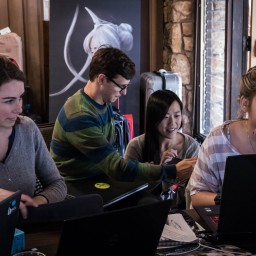 BR41N.IO%20Asilomar%202018-1600px-1
BR41N.IO%20Asilomar%202018-1600px-1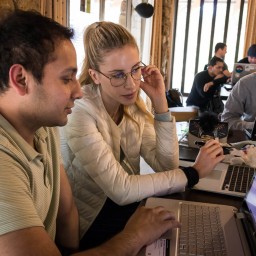 BR41N.IO%20Asilomar%202018-1600px-2
BR41N.IO%20Asilomar%202018-1600px-2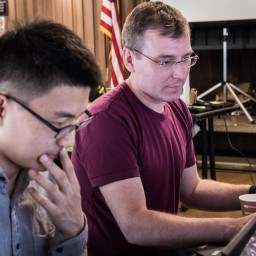 BR41N.IO%20Asilomar%202018-1600px-3
BR41N.IO%20Asilomar%202018-1600px-3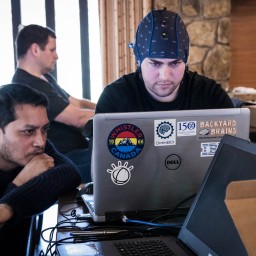 BR41N.IO%20Asilomar%202018-1600px-4
BR41N.IO%20Asilomar%202018-1600px-4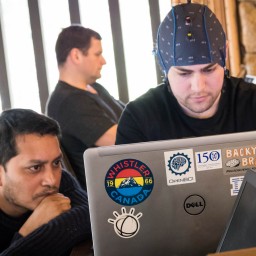 BR41N.IO%20Asilomar%202018-1600px-5
BR41N.IO%20Asilomar%202018-1600px-5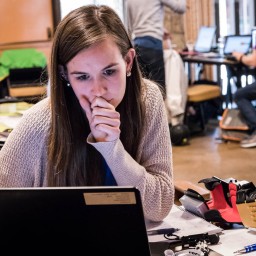 BR41N.IO%20Asilomar%202018-1600px-6
BR41N.IO%20Asilomar%202018-1600px-6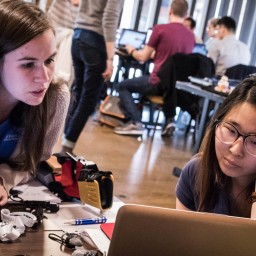 BR41N.IO%20Asilomar%202018-1600px-7
BR41N.IO%20Asilomar%202018-1600px-7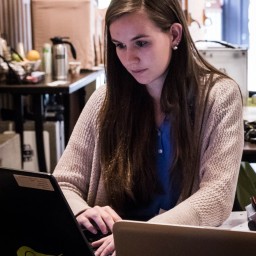 BR41N.IO%20Asilomar%202018-1600px-8
BR41N.IO%20Asilomar%202018-1600px-8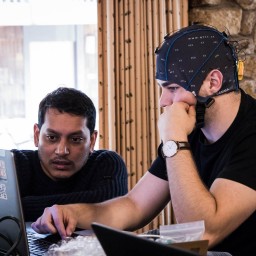 BR41N.IO%20Asilomar%202018-1600px-9
BR41N.IO%20Asilomar%202018-1600px-9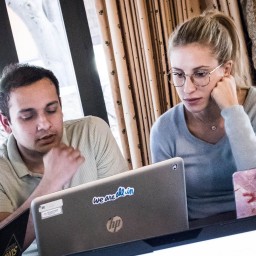 BR41N.IO%20Asilomar%202018-1600px-10
BR41N.IO%20Asilomar%202018-1600px-10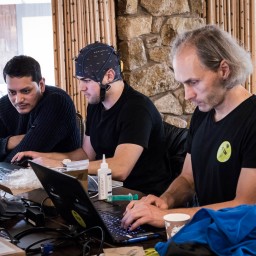 BR41N.IO%20Asilomar%202018-1600px-11
BR41N.IO%20Asilomar%202018-1600px-11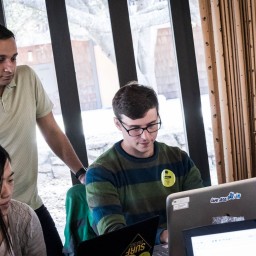 BR41N.IO%20Asilomar%202018-1600px-12
BR41N.IO%20Asilomar%202018-1600px-12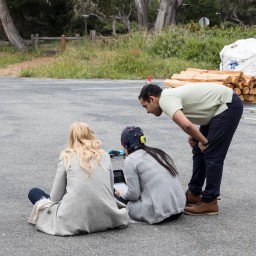 BR41N.IO%20Asilomar%202018-1600px-13
BR41N.IO%20Asilomar%202018-1600px-13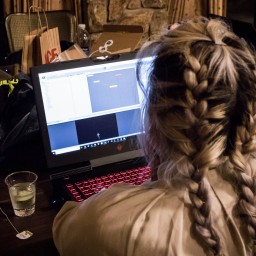 BR41N.IO%20Asilomar%202018-1600px-14
BR41N.IO%20Asilomar%202018-1600px-14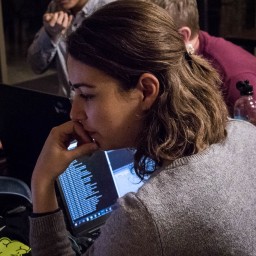 BR41N.IO%20Asilomar%202018-1600px-15
BR41N.IO%20Asilomar%202018-1600px-15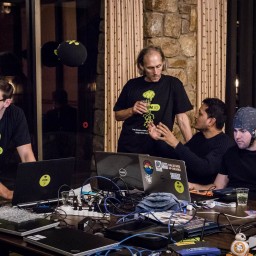 BR41N.IO%20Asilomar%202018-1600px-16
BR41N.IO%20Asilomar%202018-1600px-16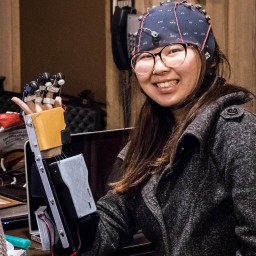 BR41N.IO%20Asilomar%202018-1600px-17
BR41N.IO%20Asilomar%202018-1600px-17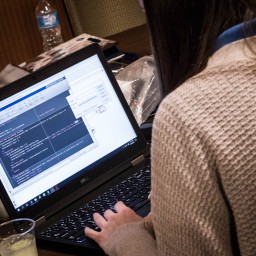 BR41N.IO%20Asilomar%202018-1600px-18
BR41N.IO%20Asilomar%202018-1600px-18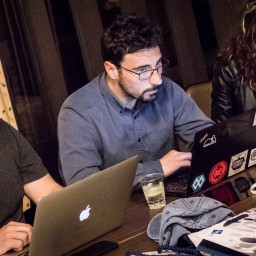 BR41N.IO%20Asilomar%202018-1600px-19
BR41N.IO%20Asilomar%202018-1600px-19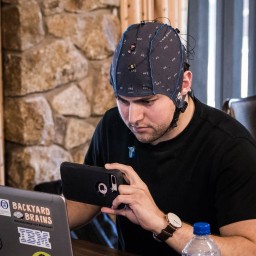 BR41N.IO%20Asilomar%202018-1600px-24
BR41N.IO%20Asilomar%202018-1600px-24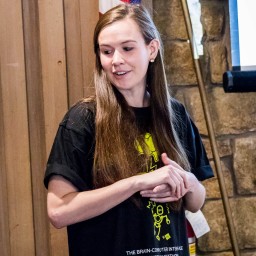 BR41N.IO%20Asilomar%202018-1600px-25
BR41N.IO%20Asilomar%202018-1600px-25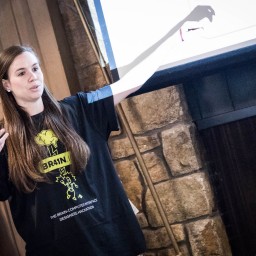 BR41N.IO%20Asilomar%202018-1600px-26
BR41N.IO%20Asilomar%202018-1600px-26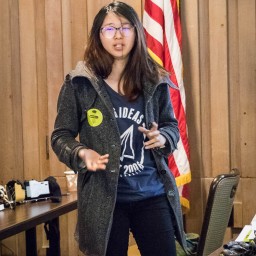 BR41N.IO%20Asilomar%202018-1600px-27
BR41N.IO%20Asilomar%202018-1600px-27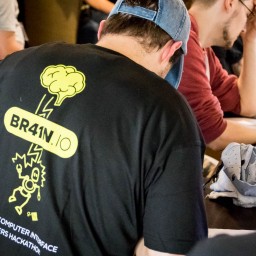 BR41N.IO%20Asilomar%202018-1600px-28
BR41N.IO%20Asilomar%202018-1600px-28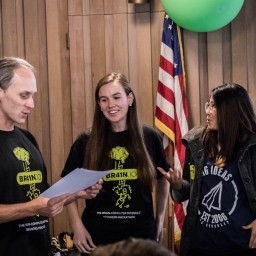 BR41N.IO%20Asilomar%202018-1600px-29
BR41N.IO%20Asilomar%202018-1600px-29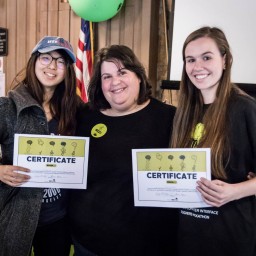 BR41N.IO%20Asilomar%202018-1600px-30
BR41N.IO%20Asilomar%202018-1600px-30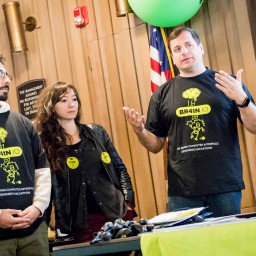 BR41N.IO%20Asilomar%202018-1600px-31
BR41N.IO%20Asilomar%202018-1600px-31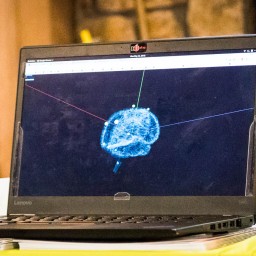 BR41N.IO%20Asilomar%202018-1600px-32
BR41N.IO%20Asilomar%202018-1600px-32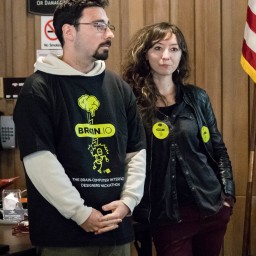 BR41N.IO%20Asilomar%202018-1600px-33
BR41N.IO%20Asilomar%202018-1600px-33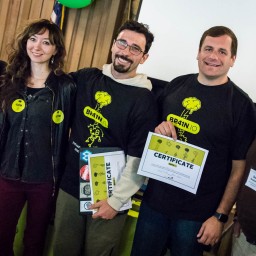 BR41N.IO%20Asilomar%202018-1600px-34
BR41N.IO%20Asilomar%202018-1600px-34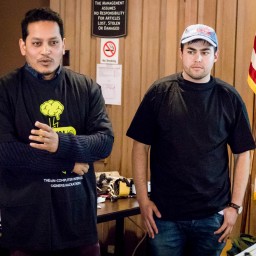 BR41N.IO%20Asilomar%202018-1600px-35
BR41N.IO%20Asilomar%202018-1600px-35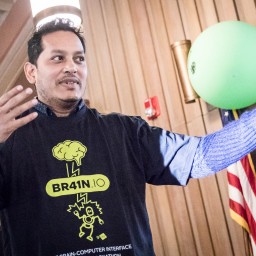 BR41N.IO%20Asilomar%202018-1600px-36
BR41N.IO%20Asilomar%202018-1600px-36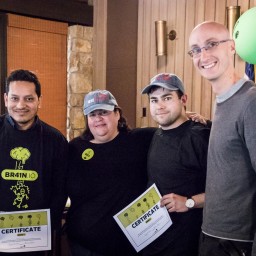 BR41N.IO%20Asilomar%202018-1600px-37
BR41N.IO%20Asilomar%202018-1600px-37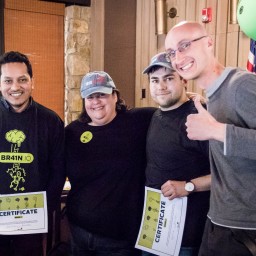 BR41N.IO%20Asilomar%202018-1600px-38
BR41N.IO%20Asilomar%202018-1600px-38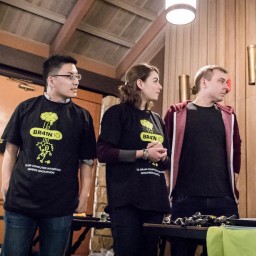 BR41N.IO%20Asilomar%202018-1600px-39
BR41N.IO%20Asilomar%202018-1600px-39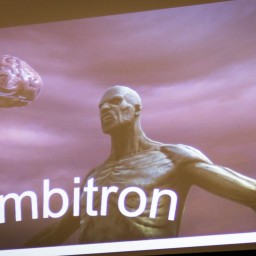 BR41N.IO%20Asilomar%202018-1600px-40
BR41N.IO%20Asilomar%202018-1600px-40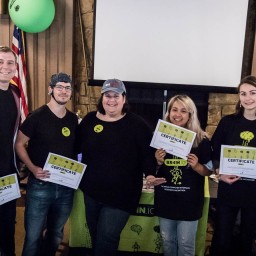 BR41N.IO%20Asilomar%202018-1600px-41
BR41N.IO%20Asilomar%202018-1600px-41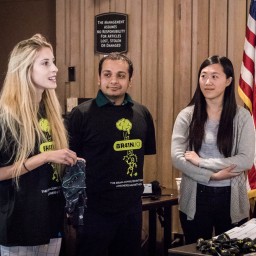 BR41N.IO%20Asilomar%202018-1600px-42
BR41N.IO%20Asilomar%202018-1600px-42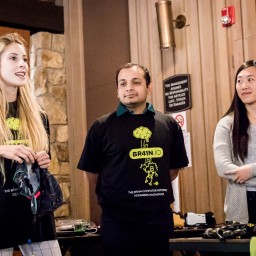 BR41N.IO%20Asilomar%202018-1600px-43
BR41N.IO%20Asilomar%202018-1600px-43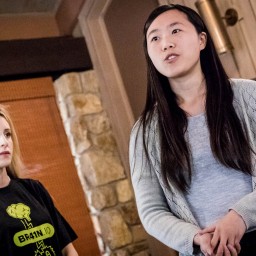 BR41N.IO%20Asilomar%202018-1600px-44
BR41N.IO%20Asilomar%202018-1600px-44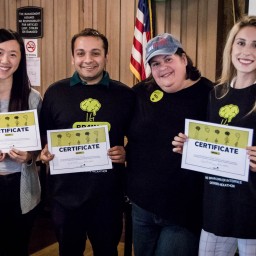 BR41N.IO%20Asilomar%202018-1600px-45
BR41N.IO%20Asilomar%202018-1600px-45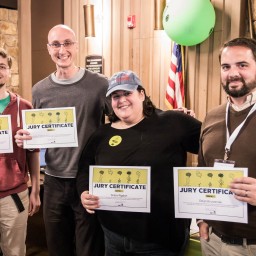 BR41N.IO%20Asilomar%202018-1600px-46
BR41N.IO%20Asilomar%202018-1600px-46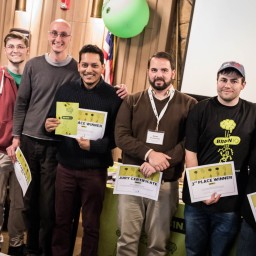 BR41N.IO%20Asilomar%202018-1600px-47
BR41N.IO%20Asilomar%202018-1600px-47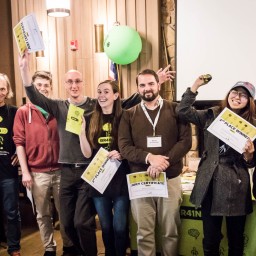 BR41N.IO%20Asilomar%202018-1600px-48
BR41N.IO%20Asilomar%202018-1600px-48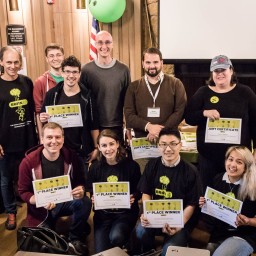 BR41N.IO%20Asilomar%202018-1600px-49
BR41N.IO%20Asilomar%202018-1600px-49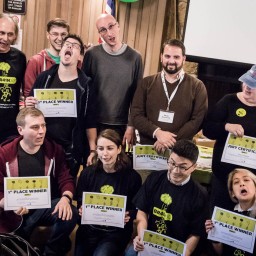 BR41N.IO%20Asilomar%202018-1600px-50
BR41N.IO%20Asilomar%202018-1600px-50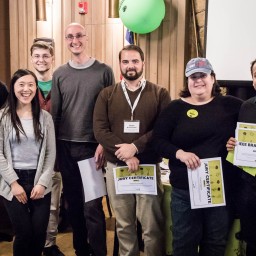 BR41N.IO%20Asilomar%202018-1600px-51
BR41N.IO%20Asilomar%202018-1600px-51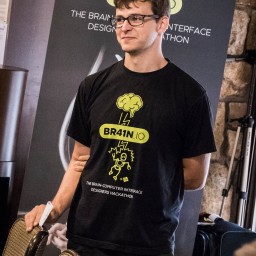 BR41N.IO%20Asilomar%202018-1600px-52
BR41N.IO%20Asilomar%202018-1600px-52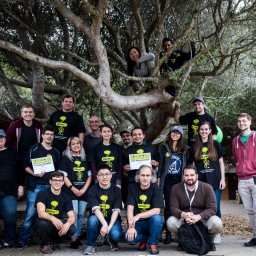 BR41N.IO%20Asilomar%202018-1600px-53
BR41N.IO%20Asilomar%202018-1600px-53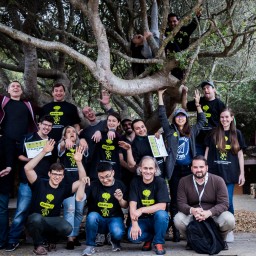 BR41N.IO%20Asilomar%202018-1600px-54
BR41N.IO%20Asilomar%202018-1600px-54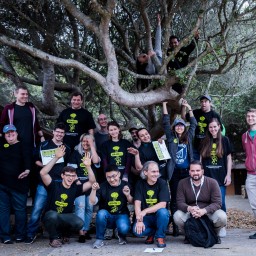 BR41N.IO%20Asilomar%202018-1600px-55
BR41N.IO%20Asilomar%202018-1600px-55


